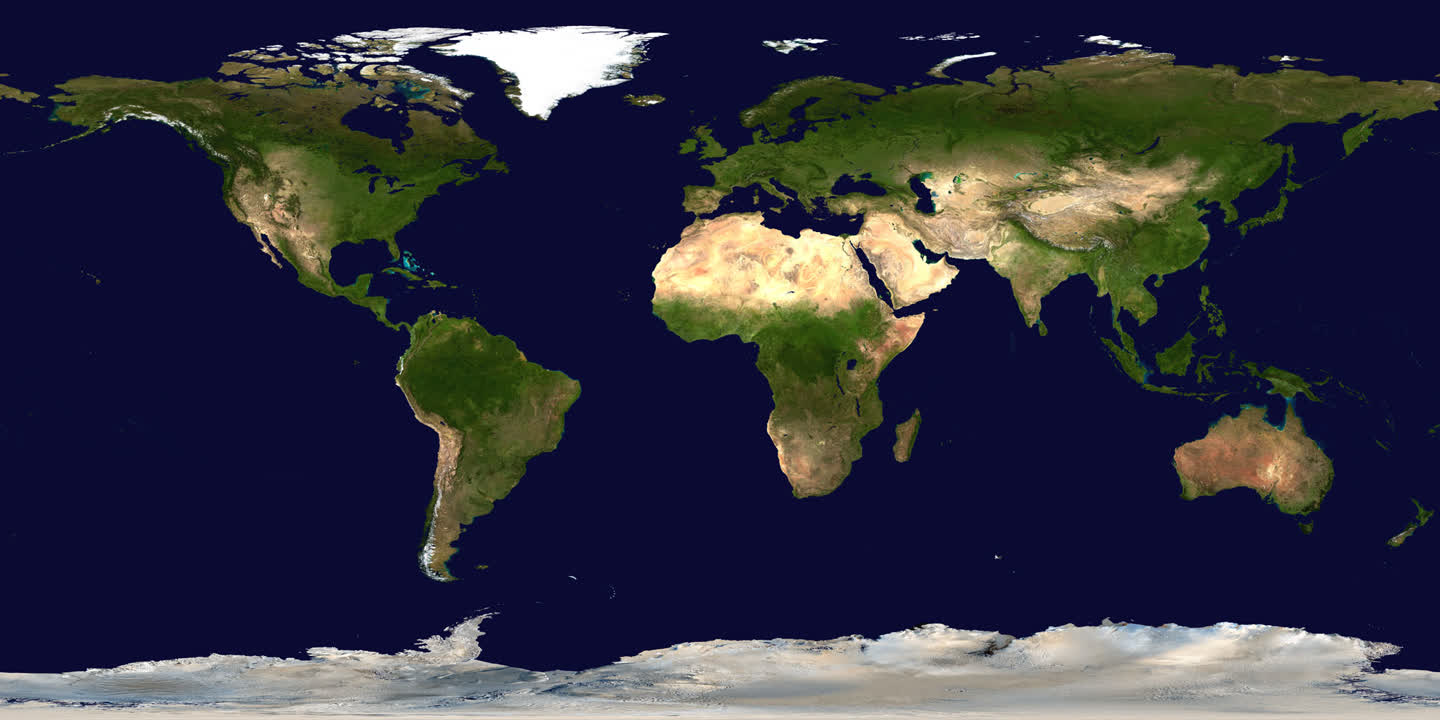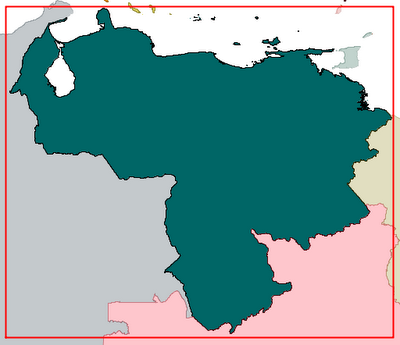Computing and applying an affine transformation to a vector layer using gvSIG and Quantum GIS
Geomatics Supervisor and Egyptian Archaeology PhD student Anna Hodgkinson told me that she is trying to apply an affine transformation to a set of coordinates. These are originally in an unknown local coordinate system. She has provided 4 reference points for which both the local coordinates and the EPSG:32636 coordinates are known: ID ; EPSG_32636_X ; EPSG_32636_Y ; Local_X ; Local_Y 1 ; 300646.885431 ; 3231905.223285 ; -144.333424 ; -50.678221 4 ; 300939.099675 ; 3232334.126771 ; 100.477740 ; 407.439814 7 ; 300519.458438 ; 3232235.904115 ; -304.216081 ; 262.236955 8 ; 300717.256565 ; 3232552.638076 ; -141.107317 ; 602.476276 First we need to compute which affine transformation takes the coordinates from the local grid to EPSG:32636. To achieve this, we can use the raster georeferencing tool in gvSIG since it lets you input by hand the source and target coordinates and then creates a WLD file whose 6 parameter...




Comments
Post a Comment